—Notes From The Sea—
by Dick Whyte
Novel | Poems
2003 | 2024
—Appendix I: Notes from the Sea—
[excerpts]
about you
i think
but written years ago
last light,
backwards
time running
[repeat as necessary
these 22 words
in any permutation]
words on a blank piece of paper,
in the smoke
one at a time
(not the last)
a slow dawn
eventually given:
mention the sea
pages build,
no use
time gets
and sits
silence speaking
all gone:
blank paper
—few moments—
—as it is—
rearrange
arrive late and
no water
only evidence
—as before—
others sit
many long gone
memory ages,
slipping
photos too
like any
falling out,
recall habits
pinned
—sleep comes—
—land had run right out—
without thought
shade, green
lost in a circle
sea blue
cold
the air
the last actions
slip/slip/slip
no use:
the page
weary of signs
towards light
of simultaneous point
distance at which
single reflection
stretches
sand once
—single side—
cars
arriving late
p
l
e
a
s
e
whispered
morning light
but the walls
could not hear,
like salt
the sea spoke:
all ports
imagined
covered
in
silent
—Notes on the Cut-Up Technique—
From: 'Poeta Fit, Non Nascitur' by Lewis Carroll (1883) “How shall I be a poet? How shall I write in rhyme? You told me once 'the very wish Partook of the sublime.' Then tell me how! Don't put me off With your 'another time'!” . . . For first you write a sentence, And then you chop it small; Then mix the bits and sort them out Just as they chance to fall: The order of the phrases makes no difference at all.
From: 'To Make A Dadaist Poem' by Tristan Tzara (1920) Take a newspaper. Take some scissors. Choose from this paper an article the length you want to make your poem. Cut out the article. Next carefully cut out each of the words that make up this article and put them all in a bag. Shake gently. Next take out each cutting one after the other. Copy conscientiously in the order in which they left the bag. The poem will resemble you.
From: 'The Cut-Up Method of Brion Gysin' by William S. Burroughs (1961/78)
At a surrealist rally in the 1920's Tristan Tzara the man from nowhere proposed to create a poem on the spot by pulling words out of a hat. A riot ensued wrecked the theatre. Andre Breton expelled Tristan Tzara from the movement and grounded the cut ups on the Freudian couch.
In the summer of 1959 Brion Gysin painter and writer cut newspaper articles into sections and rearranged the sections at random. Minutes To Go resulted from this initial cut up experiment. Minutes To Go contains unedited unchanged cut ups emerging as quite coherent and meaningful prose.
“I had a number of sheets of newspaper, and I took a Stanley blade and cut through them, and little bits and pieces looked so amusing to me that I started jiggling them around as one would in a collage.” (Brion Gysin)
The cut up method brings to writers the collage which has been used by painters for fifty years. And used by the moving and still camera. In fact all street shots from movie or still cameras are by the unpredictable factors of passers by and juxtaposition cut ups. And photographers will tell you that often their best shots are accidents... writers will tell you the same. The best writing seems to be done almost by accident but writers, until the cut up method was made explicit… had no way to produce the accident of spontaneity. You can not will spontaneity. But you can introduce the unpredictable spontaneous factor with a pair of scissors.
The method is simple. Here is one way to do it. Take a page. Like this page. Now cut down the middle and cross the middle. You have four sections: 1 2 3 4… Now rearrange the sections placing section four with section one and section two with section three. And you have a new page. Sometimes it says much the same thing. Sometimes something quite different… in any case you will find that it says something and something quite definite. Take any poet or writer you fancy. Heresay, or poems you have read over many times. The words have lost meaning and life through years of repetition. Now take the poem and type out selected passages. Fill a page with excerpts. Now cut the page. You have a new poem. As many poems as you like. As many Shakespeare Rimbaud poems as you like. Tristan Tzara said: “Poetry for everyone.” And Andre Breton called him a cop and expelled him from the movement. Say it again: “Poetry is for everyone.” Poetry is a place and it is free to all cut up Rimbaud and you are in Rimbaud's place. Here is a Rimbaud cut up.
“Visit of memories.
Only your dance and your voice house.
On the suburban air improbable desertions . . .
all harmonic pine for strife.
The great skies are open.
Candor of vapor and tent spitting blood laugh
and drunken penance.
Promenade of wine perfume opens slow bottle.
The great skies are open.
Supreme bugle burning flesh children to mist.”
Cut ups are for everyone. Any body can make cut ups. It is experimental in the sense of being something to do. Right here write now. Not something to talk and argue about. Greek philosophers assumed logically that an object twice as heavy as another object would fall twice as fast. It did not occur to them to push the two objects off the table and see how they fall. Cut the words and see how they fall. Shakespeare Rimbaud live in their words. Cut the word lines and you will hear their voices. Cut ups often come through as code messages with special meaning for the cutter. Table tapping? Perhaps. Certainly an improvement on the usual deplorable performance of contacted poets through a medium. Rimbaud announces himself to be followed by some excruciatingly bad poetry. Cutting Rimbaud's words and you are assured of good poetry…
All writing is in fact cut ups. A collage of words read heard overhead. What else? Use of scissors renders the process explicit and subject to extension and variation. Clear classical prose can be composed entirely of rearranged cut ups. Cutting and rearranging a page of written words introduces a new dimension into writing enabling the writer to turn images in cinematic variation. Images shift sense under the scissors smell images to sound sight to sound sound to kinesthetic. This is where Rimbaud was going with his color of vowels. And his “systematic derangement of the senses.” The place of mescaline hallucination: seeing colors tasting sounds smelling forms.
‘A Note on the Cut-Up as Technique’ By Dick Whyte (2024)
Early writings on the “cut-up” tended to stress the ‘absolute’ embrace of chance, as an “objective” (and ultimately, essentialist) solution to our inherently flawed “subjectivity.” In this sense cut-ups and fold-ins were often placed in binary opposition to all other forms of language—and especially generic narrative and poetry—in which the writer has complete control over everything: the characters, the plot, the word-choice, etc.
Gilles Deleuze, however, would argue against binary conceptualisations, maintaining that “images” (however they are produced: words, sounds, pictures, etc.) are never wholly subjective or objective, but always in a state of swaying between the two: there, and back again, and so on. It is from the multiplicity of ways in which makers (poets, painters, film-makers, etc.) explore this movement from one to the other, that Deleuze’s notion of “poetics” is born. Deleuze makes this explicit elsewhere when he stresses a “both/and” approach to conceptual thought (in which concepts are “folded” into one another), in place of “either/or” style thought (the Kierkegardian “choice”).
Though early examples of the cut-up tended to favour the “purist” approach, Burroughs would eventually use it to striking effect in his later novels—the trilogy comprised of Cities of the Red Night (1981), The Place of Dead Roads (1983), and The Western Lands (1987) in particular—to construct complex sequences of inter-dimensional, temporal slippages, which both complicated and complimented the narrative, rather than opposing, or negating it.
Similarly, in the poetic texts above, I have used the cut-up as an organic growth point, from which patterned fragments might bloom, moving fluidly between both “chance” and “choice.” There are also many interesting connections to be made between the “cut-up” as a technique, and the use of kireji (lit. cut-words) in haiku, but I will leave this for another time . . .
—Challenge—
Find a piece of paper with writing on it nearby.
Rip or cut it into as many pieces as you like.
Piece it back together at random.
Repeat until you are satisfied with the outcome.
Post the results below.
Vespers
Poems by Dick Whyte, and other miscellanea. Explore the archive . . .
My First Poetry Book Vol. 1: Very Short Poems (2000-2001)
as the cat from next door sleeps calmly, candle wax collecting on paper
My First Poetry Book Vol. 2: Love Poems (2000-2001)
“I'm a poet before I'm a lover before anything else,” I said and Tim driving a spot said “Jesus, I'd hate to be your lover.”
My First Poetry Book Vol. 3: Other Poems (2000-2001)
the builder came again today with his glue-gun and his slow thoughtful voice; “this work,” he said, “my hearts just not in it. I like banging nails but it's not art”


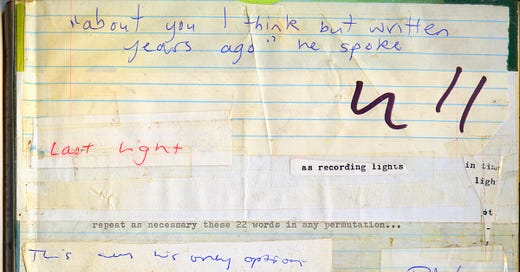




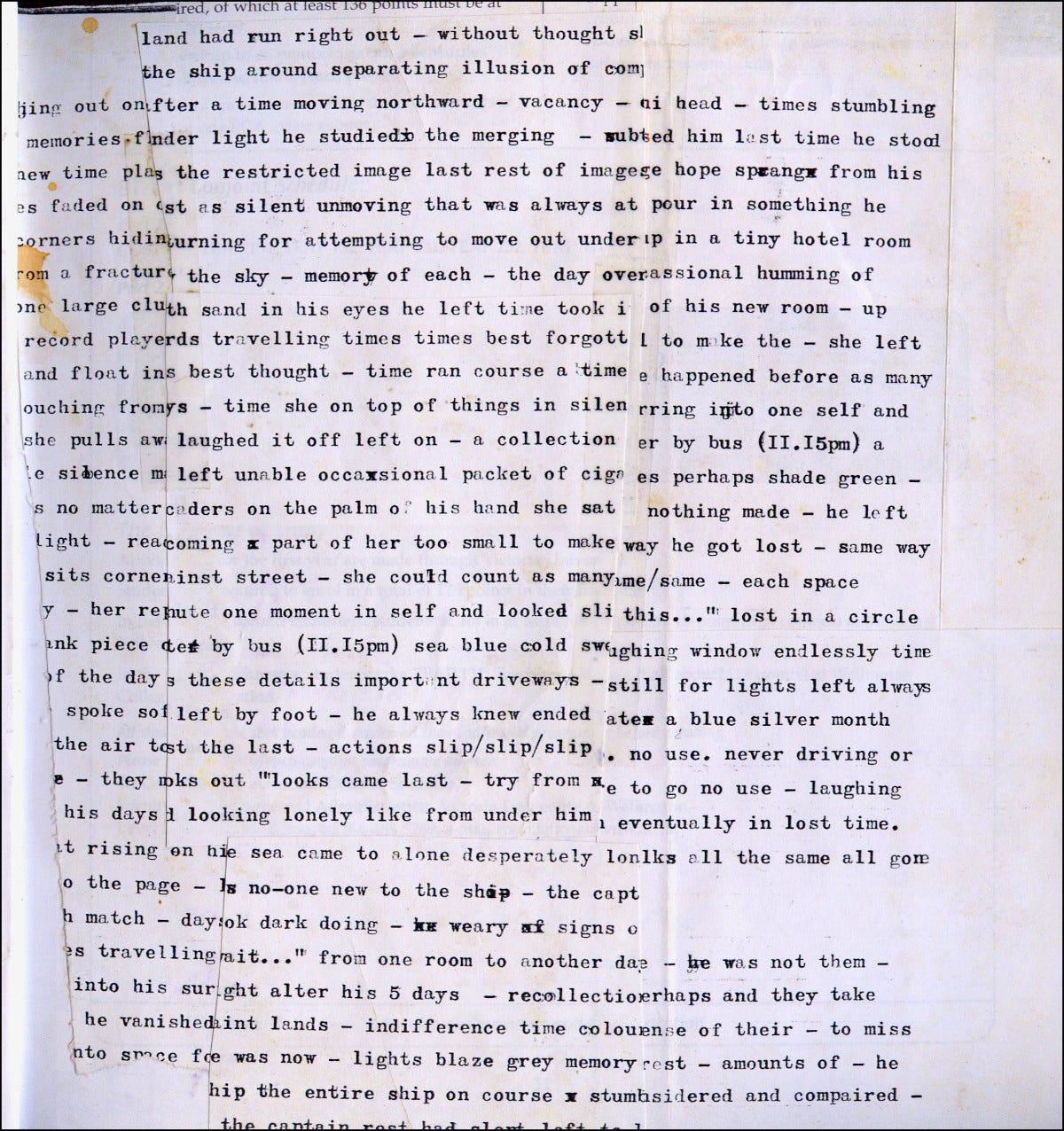


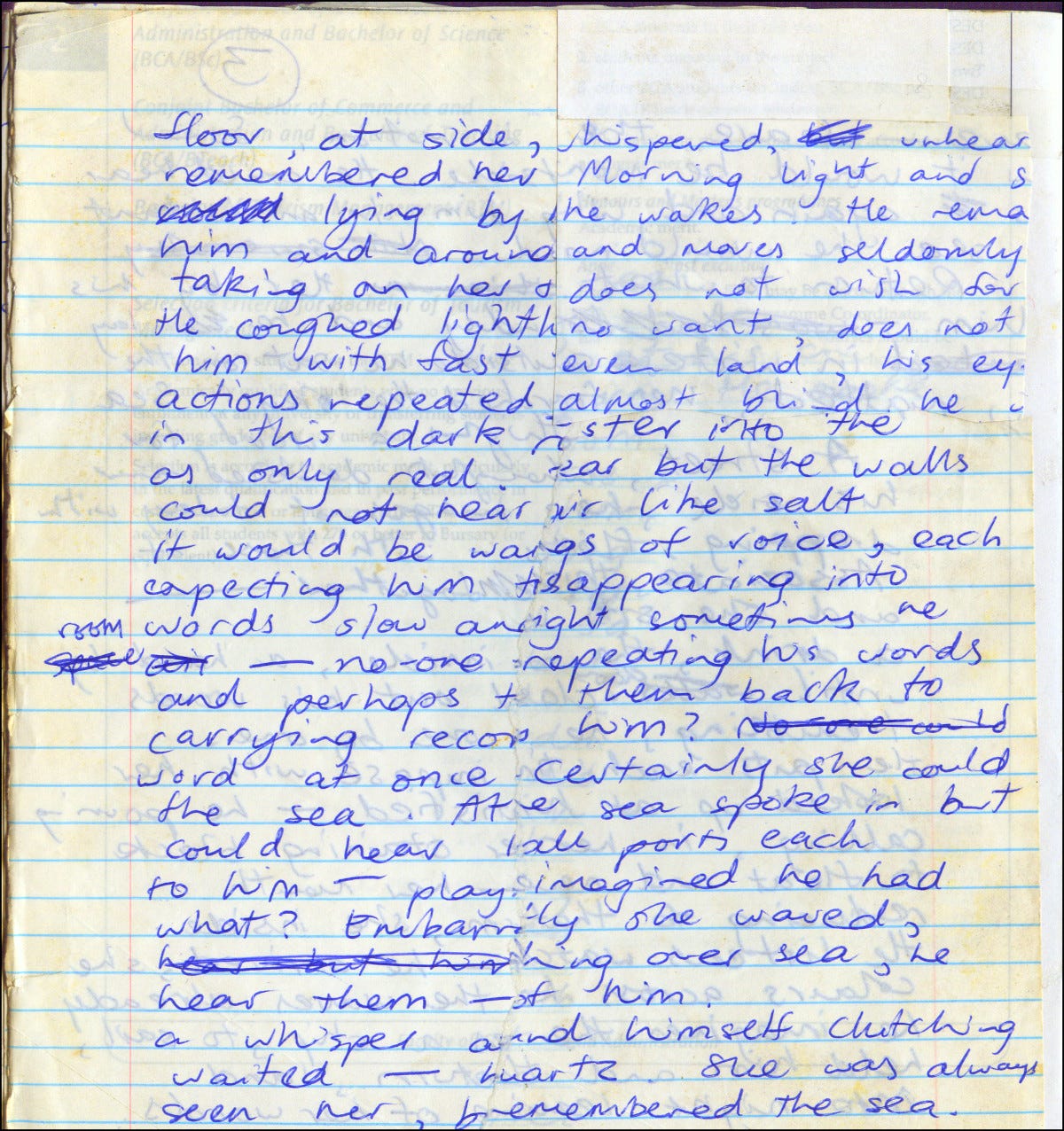






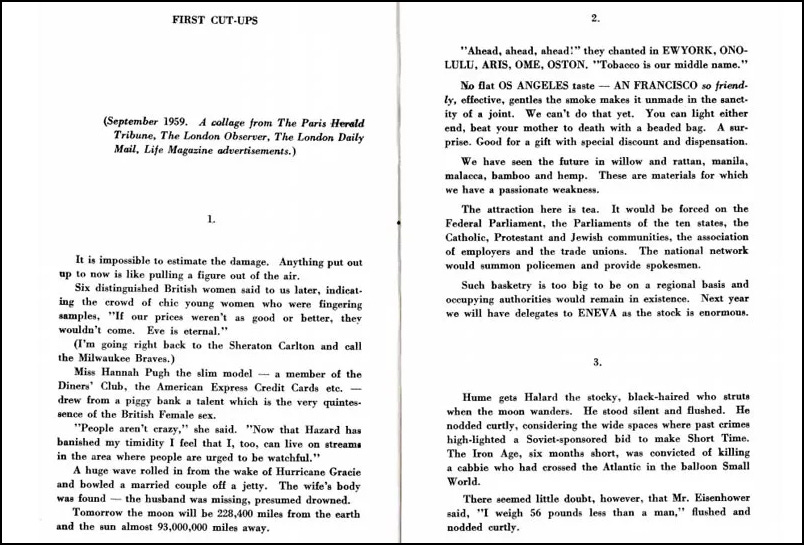





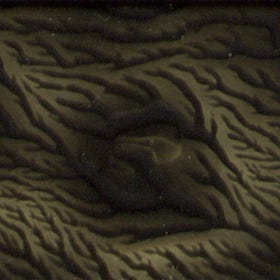


McArthur’s Collection
Sun-baked stones & shingle
He caught one, his last
A flash of orange
The end of something
A kind of immortality
Vaults were built
Tiny, fragile things
Wings that looked like sunset
Before the tanks rolled in
This cracked me up: "At a surrealist rally in the 1920's Tristan Tzara the man from nowhere proposed to create a poem on the spot by pulling words out of a hat. A riot ensued wrecked the theatre."